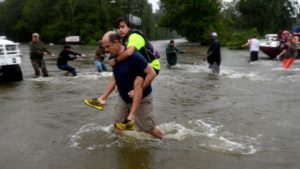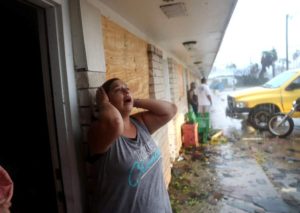They played a professional football game in Houston today. The Houston Texans took the field against the Jacksonville Jaguars.
But this blog post isn’t about the game. It’s about the entrance of a single player.
The Texans’ defensive end J.J. Watt entered the field carrying a Texas flag and he was greeted by a thunderous ovation. You see, Watt has been raising millions of dollars to aid in the recovery of his adopted hometown, Houston, which was inundated by floodwaters brought ashore by Hurricane Harvey.
I am not sure how much Watt has helped raise so far, but I believe it’s somewhere a good bit north of $15 million. He started the fundraising effort hoping to raise about $250,000.
There’s no stopping this young man. The Houston fans showed their appreciation the best way they could today. They offered full-throated cheers to a young man with a heart as big as the city and state that are saluting his effort to help Houston.
It remains my fond hope that as the Texans hit the road to other NFL cities that fans loyal to their home teams salute this young man appropriately, too.
I have a strong hunch that when the NFL hands out its post-season awards, J.J. Watt stands a good chance of being named the league’s Walter Payton Man of the Year.
He’s earned it.




